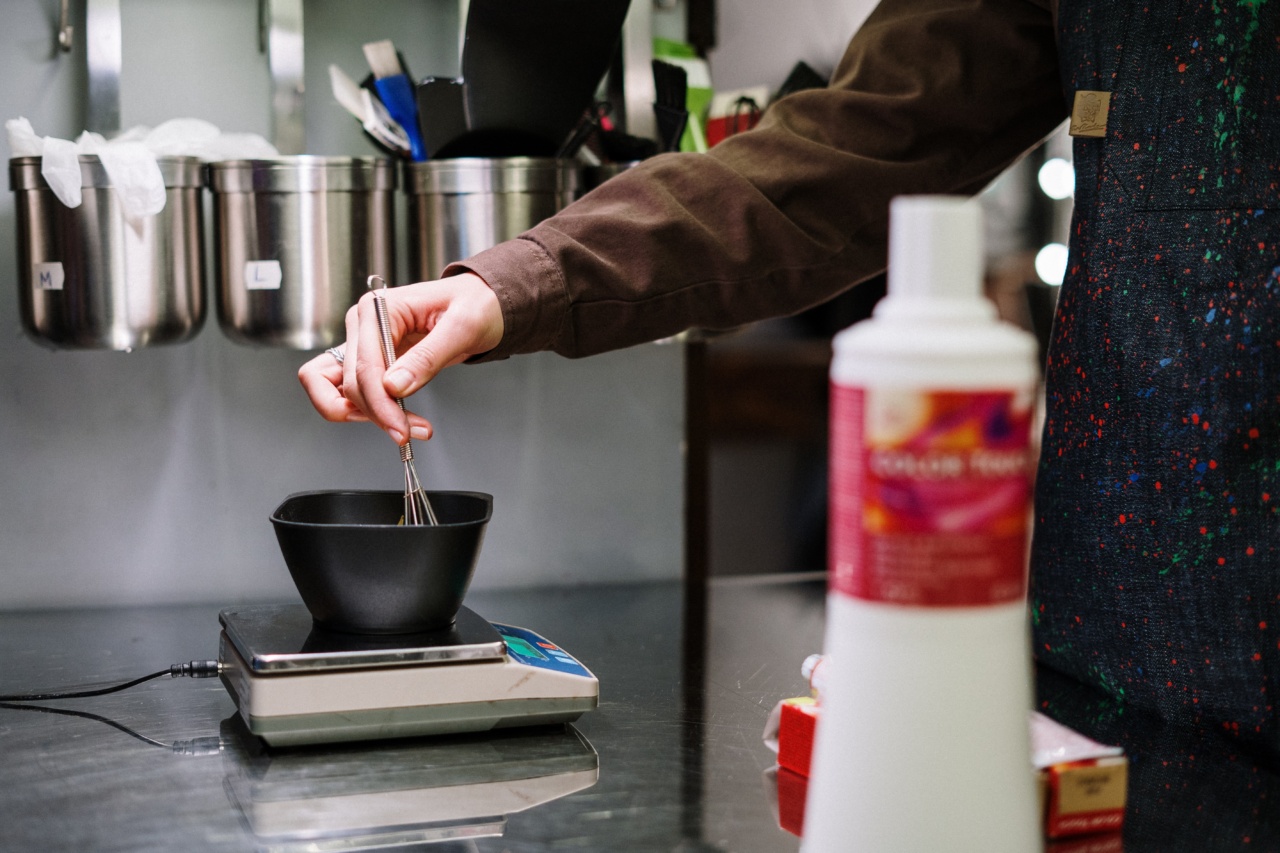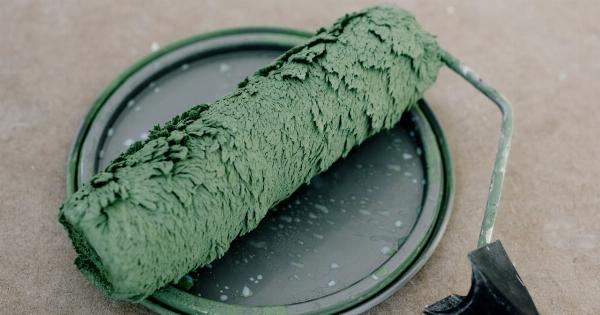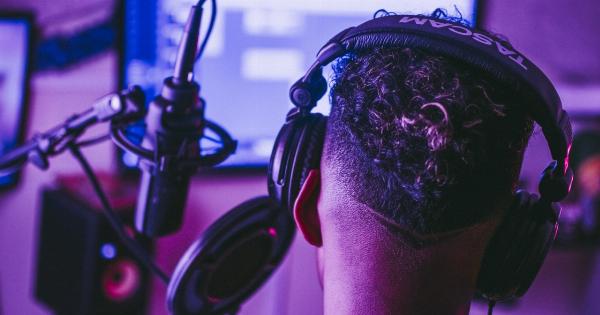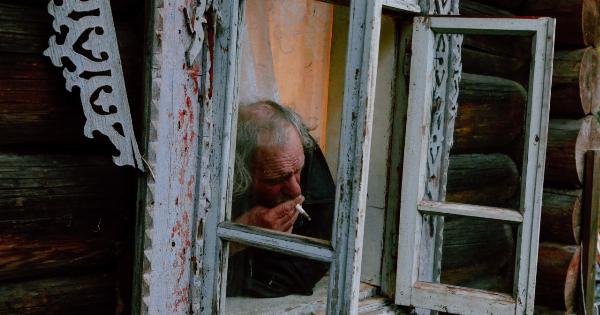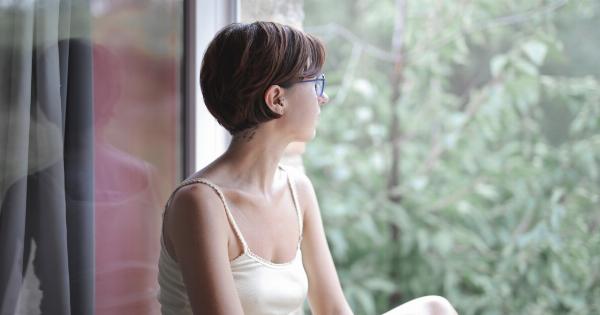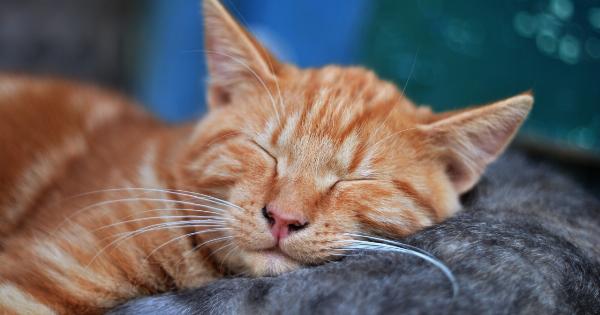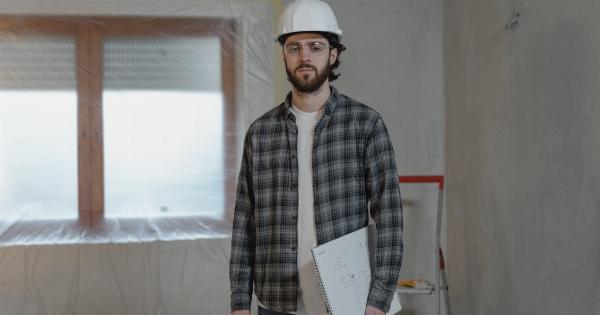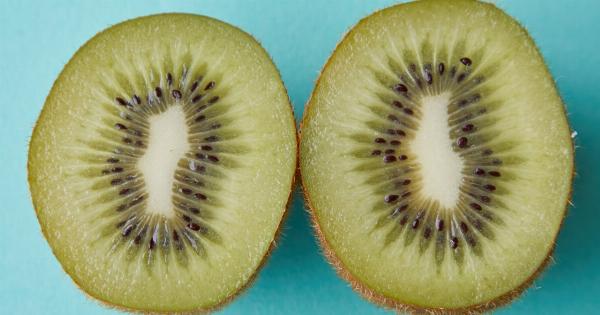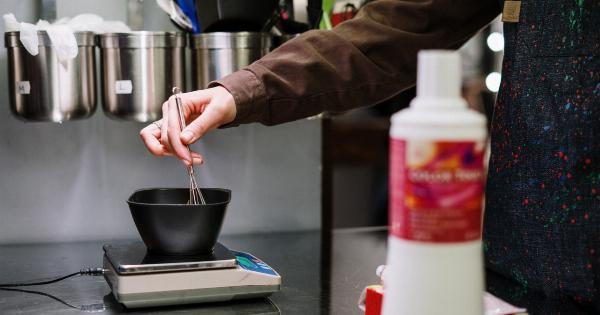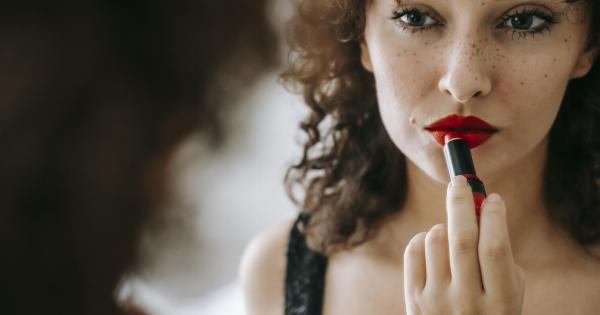Many people opt for coloring their hair at home in order to save time and money. However, without proper knowledge and preparation, at-home hair dyeing can turn into a disaster.
From uneven color to damaged hair, there are several mistakes that people often make when dyeing their hair at home. In this article, we will highlight the most common at-home hair dye mistakes to avoid, ensuring you achieve beautiful and healthy results.
1. Choosing the Wrong Shade
One of the most common mistakes people make when dyeing their hair at home is selecting the wrong shade. It’s essential to choose a color that complements your skin tone and natural hair color.
If you are unsure, it’s always best to consult with a professional hair colorist or opt for a temporary dye to test the shade before committing to a permanent color.
2. Ignoring the Undertones
Understanding the undertones of your hair can be crucial in achieving the desired result. Undertones can be warm (red, gold, or orange) or cool (ashy or blue-based).
If you have warm undertones and choose a cool-toned dye, it can result in an unnatural and unflattering color. Make sure to consider your hair’s undertones when selecting a color.
3. Failing to Perform a Patch Test
Before applying hair dye all over your head, it’s vital to perform a patch test. This test helps determine if you have any allergies or sensitivities to the dye.
Apply a small amount of the hair dye to a small area on your forearm, and follow the instructions provided by the dye manufacturer. If you experience any adverse reactions or discomfort, do not proceed with dyeing your hair and consider seeking advice from a professional.
4. Overlapping the Color
If you have previously dyed your hair, it’s important to avoid overlapping the color onto already pigmented hair. Overlapping can lead to uneven color distribution and potentially cause hair damage.
When applying the new dye, focus on the roots and avoid applying it to the already colored sections unless instructed otherwise in the dye’s instructions.
5. Using the Wrong Developer
Choosing the appropriate developer for your hair dye is crucial. The developer helps activate the color and determines the level of lift or deposit. Using a higher volume of developer than required can lead to hair damage and uneven color.
Make sure to follow the instructions provided with the hair dye and use the recommended developer volume.
6. Applying Dye on Dirty Hair
It may be tempting to dye your hair without washing it first, but this can result in poor color absorption and an uneven finish. Before applying the dye, make sure to wash your hair thoroughly to remove any product buildup, oils, or dirt.
This will ensure better dye penetration and a more vibrant and consistent color.
7. Poor Sectioning Technique
When dyeing your hair at home, it’s crucial to section your hair properly to ensure even color distribution. Not sectioning your hair can result in missed spots or uneven color.
Take your time to divide your hair into manageable sections and secure them with clips or hair bands. This will make the process easier and provide better control over the application.
8. Rushing the Process
Patience is key when it comes to dyeing your hair at home. Rushing the process can lead to mistakes and unsatisfactory results. Follow the instructions provided by the dye manufacturer carefully, including the recommended processing time.
Leaving the dye on for too long or not long enough can affect the color outcome.
9. Neglecting Aftercare
After dyeing your hair, proper aftercare is essential to maintain the color and keep your hair healthy. Avoid washing your hair immediately after dyeing, as it can strip away color. Use color-safe shampoo and conditioner to prevent premature fading.
Additionally, consider using hair masks or treatments specifically designed for color-treated hair to keep it moisturized and vibrant.
10. Failing to Seek Professional Help if Needed
While at-home hair dyeing can be a convenient option, some situations call for professional help.
If you are attempting a drastic color change, fixing a color disaster, or dealing with damaged hair, it’s best to consult a professional hair colorist. They have the expertise and knowledge to address specific issues and ensure the best outcome for your hair.
In Conclusion
At-home hair dyeing can be an affordable and convenient way to change your hair color. However, it is essential to avoid common mistakes and take the necessary precautions to achieve the desired results.
By selecting the right shade, considering undertones, performing patch tests, and following proper application techniques, you can have a successful at-home hair dyeing experience. Remember to prioritize the health of your hair and seek professional help when needed for more challenging hair color transformations.
